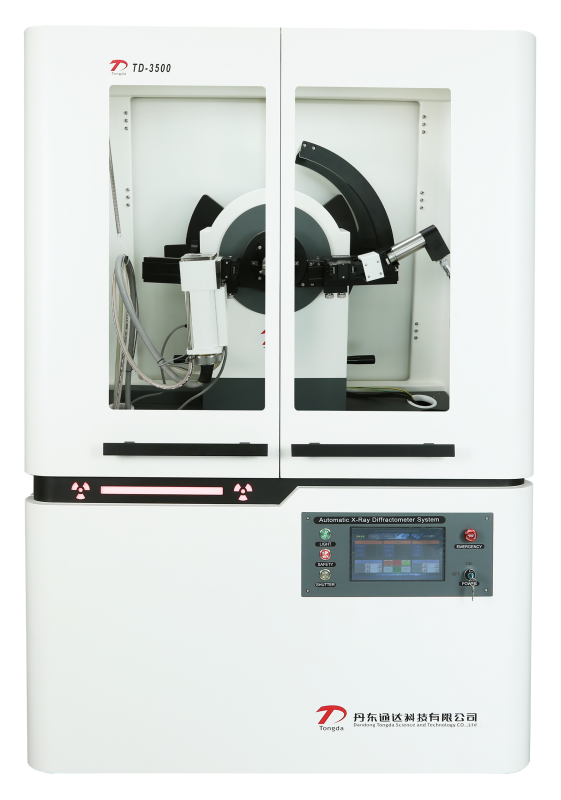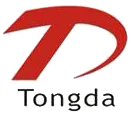
Key Applications and Professional Solutions of XRD Technology in Titanium Dioxide Testing
2025-11-07 09:18The Importance of XRD Technology in Titanium Dioxide Analysis
X-ray diffraction (XRD) technology serves as an efficient and accurate analytical method, playing an indispensable role in quality control and product development within the titanium dioxide industry. Through XRD analysis, key physical and chemical parameters of titanium dioxide samples—such as elemental composition, crystal type, particle size distribution, and surface morphology—can be rapidly and intuitively characterized.
In the production and application of titanium dioxide, crystal form content directly influences the final performance of the product. Traditional chemical analysis methods struggle to accurately distinguish and quantify different crystal forms in titanium dioxide, whereas XRD technology effectively resolves this challenge.
Specific Applications of XRD in Titanium Dioxide Detection
Phase quantification is one of the core applications of in the titanium dioxide industry. By using XRD technology, phase quantification analysis curves for rutile-anatase mixed samples can be established, allowing for precise measurement of the ratio between the two. In the titanium dioxide production process, XRD technology can be used for raw material quality assessment. Titanium ore is the primary raw material for titanium dioxide, and XRD technology can accurately measure the titanium dioxide content present in different forms within the ore, providing critical data support for raw material selection. Product quality control is another important application area of XRD in the titanium dioxide industry. Various application properties of titanium dioxide, such as hiding power, whiteness, and weather resistance, are closely related to its crystal form composition. Through XRD analysis, manufacturers can quickly and accurately determine the crystal form composition of their products, ensuring stability and consistency in product quality.
Analysis Methods and Standards
XRD analysis of titanium dioxide has formed a standardized methodological system. Internationally, X-ray diffraction is widely used to determine the ratio of anatase to rutile in titanium dioxide pigments. China has also established the corresponding national standard GB/T30893-2014, "Determination of Anatase-Rutile Ratio in Titanium Dioxide Pigments by X-ray Diffraction," providing a unified technical specification for the industry. In terms of specific analytical techniques, there are two main methods: the working curve method and the Rietveld full-pattern fitting quantitative analysis method. For non-professional XRD users, the working curve method is recommended for quantitative analysis, as it imposes lower requirements on operators, avoids excessive software operation, and enables quick and reliable results. For professional users, the Rietveld method can provide more precise analysis results, with refined rutile content values closely matching reference values.
Professional Solutions from Dandong Tongda Technology's XRD Instruments
Dandong Tongda Technology Co., Ltd.has deep expertise in the field of X-ray analytical instruments. Its TD series X-ray diffractometers offer professional solutions tailored to the specific needs of the titanium dioxide industry.
The TD series diffractometer from Dandong Tongda Technology Co., Ltd. is the only instrument in China that incorporates imported programmable controller technology and a modular design concept into its product design. Its triple interference-free isolation protection scheme enhances instrument performance, significantly reduces failure rates, and extends the overall service life. These technical advantages have led to its widespread use in major universities, research institutes, and titanium enterprises across the country.
To meet the specific requirements of titanium dioxide manufacturers, Dandong Tongda Technology has specially developed a dedicated program for measuring titanium dioxide content. This program allows for three consecutive scans of four sample types—titanium ore, rutile titanium dioxide, anatase titanium dioxide, and imported titanium slag—with an error margin of less than 0.2% for rutile measurements.
Dandong Tongda Technology's X-ray diffractometers feature numerous technical innovations: the use of imported PLC control circuits instead of single-chip microcomputer control circuits greatly reduces instrument failure rates and enhances stability and reliability. The recording control system uses imported PLC control circuits, ensuring more stable counting and simpler control. The goniometer employs imported high-precision bearing transmission, improving measurement accuracy and service life. The TD series diffractometer is also equipped with a high-power split refrigeration circulating water cooling device, which reduces indoor noise and extends the service life of the X-ray diffraction tube. Its vertical goniometer structure facilitates sample preparation and operation for users.

